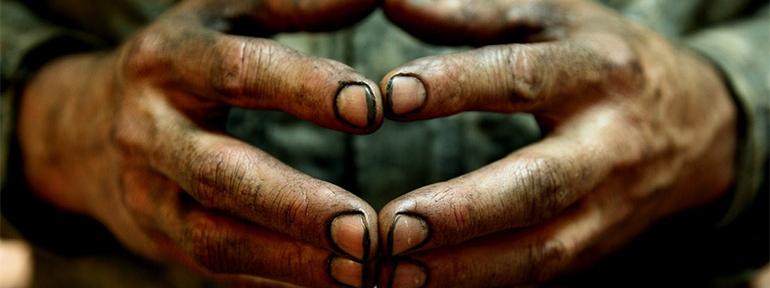
Why construction workers need to be wary of Weil’s disease
Posted on December 15, 2016
The Weil’s disease form of leptospirosis is contracted from the urine of infected rats. The bacteria get into your body through cuts and scratches or through the lining of the mouth, throat and eyes after contact with infected urine or contaminated water. It is a rare condition in the UK, the disease starts with flu-like symptoms such as a headache or muscle pains. More severe cases can lead to meningitis, kidney failure and other serious conditions and in rare cases the disease can be fatal.
Those whose careers come into contact with sewers, waterways and flood zones or derelict areas can find themselves at risk of contracting the disease. Construction workers are at a high risk of catching it, particularly if they work within these potentially contaminated environments.
Why should workers be educated?
Even though Leptospirosis is not common in the UK – the symptoms are severe and something that all workers need to be aware of because if left untreated, the infection can lead to internal bleeding, organ failure and mental health problems. Complacency and the lack of awareness can be detrimental and there needs to better education for workers to understand what to look out for and what to avoid because everyone working on a construction site is at risk.
Symptoms
The symptoms of leptospirosis usually develop suddenly around 7 to 14 days after exposure to the leptospira bacteria.
However, it is possible for symptoms to develop from between 2 and 30 days after exposure.
About 90% of leptospirosis infections only cause mild symptoms, including:
- a high temperature (fever) that is usually between 38C and 40C (100.4-104-F)
- chills
- sudden headaches
- nausea and vomiting
- loss of appetite
- muscle pain, particularly affecting the muscles in the calves and lower back
- conjunctivitis (irritation and redness of the eyes)
- cough
- a short-lived rash
If construction workers show signs of the above having been in contact with canal, river water, rats or landfill areas, it is extremely important for them to visit their doctor immediately and state that they suspect Leptospirosis.
These symptoms usually resolve within five to seven days. However, in about 10% of cases people go on to experience the more serious symptoms of Weil’s disease.
If the condition progresses to a severe infection, it may affect organs, including the brain, liver, kidneys, heart and lungs. This can lead to further symptoms, including:
- jaundice (yellowing of the skin and the whites of the eyes)
- swollen ankles, feet or hands
- chest pain
- symptoms of meningitis or encephalitis, such as headaches, vomiting and seizures
- shortness of breath
- coughing up blood
If left untreated, the infection may be life threatening, and could lead to brain damage, kidney failure, internal bleeding and loss of lung function.
Protection for workers
As Leptospirosis bacteria can enter the body through the eyes, nose and through cuts and grazes in the skin workers ought to avoid touching their face and follow good person hygiene practice. Good hygiene can sometimes go amiss, especially as water supply can be sparse on site. Employers ought to allocate protective clothing and specialised hand wipes in order for workers to conveniently disinfect their hands and keep protected. Knowledge is power and understanding the risks and causes of Leptospirosis is crucial so that construction workers can protect themselves.
- wearing protective clothing like gloves
- following good basic hygiene including regular hand-washing and avoiding hand to mouth/eye etc contact. Providing specially formulated hand wipes are a way for employees to remove dirt and disinfect their hands to kill bacteria. Ensure disinfecting hands before eating, drinking, using equipment or smoking
- taking rest breaks (including meals and drinks) away from the work area
- washing and didinfecting cuts, grazes, abrasions and other breaks in the skin and covering with waterproof dressings and/or gloves
- Supervise: Ensure that controls are effective and used by the workers
- Don’t be shy, talk to your GP
